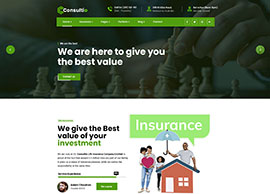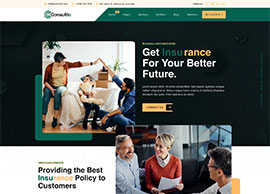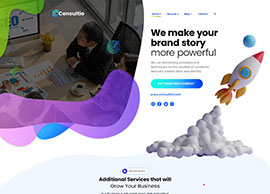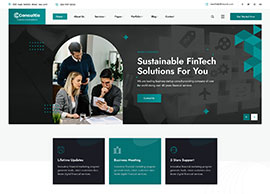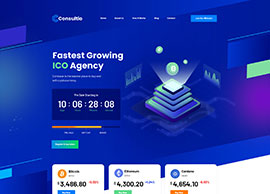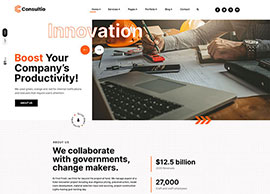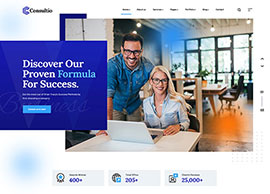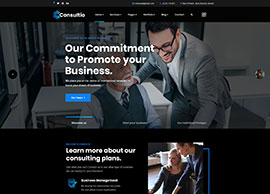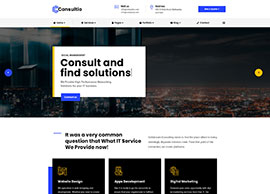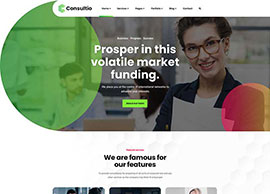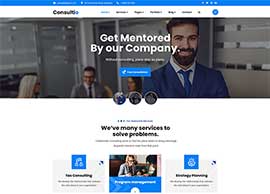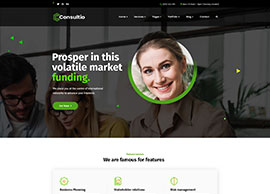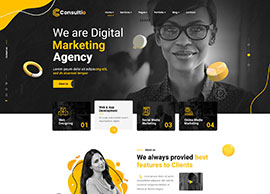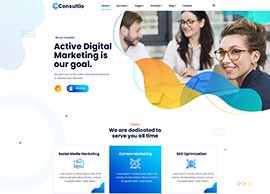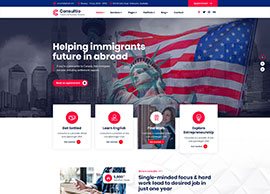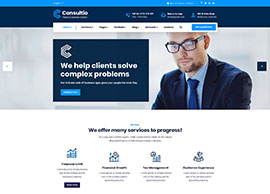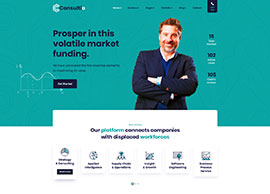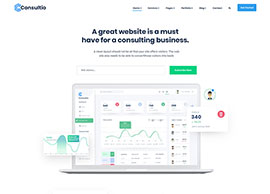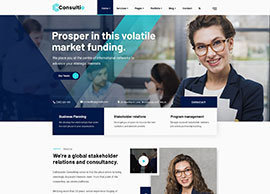 In the May – June issue of Mailing Systems Technology, I wrote an article titled the “Top 10 Items to Consider when Selecting a Mailing System”. This focused on what type of system is right for your mailing needs. The goal of today’s article is to give you ways to reduce the cost on whatever mailing system you should decide. All that we do is manage the mailing equipment spends for companies with large fleets of machines (Anywhere from 10-2,000 meters) and we are going to share our best savings strategies that you can implement on your own.
In the May – June issue of Mailing Systems Technology, I wrote an article titled the “Top 10 Items to Consider when Selecting a Mailing System”. This focused on what type of system is right for your mailing needs. The goal of today’s article is to give you ways to reduce the cost on whatever mailing system you should decide. All that we do is manage the mailing equipment spends for companies with large fleets of machines (Anywhere from 10-2,000 meters) and we are going to share our best savings strategies that you can implement on your own.
Contracting (New Equipment and Renewals)
Here are the main items to look at to reduce the cost of the mailing equipment.
- Pay attention to end of lease dates – The majority of mailing systems in the US are leased on 3-5 year agreements. On most lease bills that we see, it does not disclose the end of lease date so request this information from your vendor. This is important for the following reasons:
- Evergreen Clauses – If you do not renew by a specific time, you may be stuck in an agreement that automatically extends. It is a good idea to read through the terms and conditions of any past and new leases to make sure this is not included or you understand important action dates.
- Remaining Balances – If you are being quoted to renew the equipment and it is not at the end of the lease, remaining balances from the past agreement may be included increasing the price.
- Do not auto renew – Some vendors may try to get you to extend your lease for an additional 1-5 years for the same piece of equipment. This option may come up as much as 12 months prior to the end of the current lease. The questions are will this equipment still work well after it has been at your site for 5-10 years and will it still best suit your needs. If this is an option you are considering, compare to the pricing for new equipment to see which offers the best value.
- Buy the right sizes – We see many companies staying at the same levels of equipment that they had four years ago even though their mail volume has decreased dramatically. We are able to save our clients 30-70% by helping them right-size their equipment. You can refer to the article we wrote in the May-June issue (www.mailingsystemstechnology.com Archive, mentioned above) to select a system that best fits your current needs.
- Compare pricing with at least 2 vendors – There are 4 vendors in the Postage Meter space to consider. Pitney Bowes, Neopost, Hasler (Owned by Neopost and sells the same or similar equipment under a different badge), FP, and Data-Pac. Make sure they are comparing apples to apples systems based on speed, tape mechanism’s, scale sizes, internal scales, accounting, additional printing capabilities or other features that may be important to you. If you are thinking about switching vendors, get some references that you can speak to on their service response times in your area.
- Question every line item on the agreement – Typically you will get a lease document with multiple items being included under one master payment. It is difficult for the novice to understand what is included vs. a chargeable item that has been added to the cost. When we go through these agreements with our clients, we frequently find items they were not aware are optional. By understanding what you are getting, you are able to only pay for what you need.
- Make sure new agreements are all inclusive – There are many items that need to be paid for with mailing equipment and most organizations want everything included in one price. Validate that each of the below items is included in the payment being offered and if it is not, understand the cost for each.
- Maintenance Coverage
- Rate Change Protection
- Meter Rental
- Postage Refills – The cost to put money into your meter.
- Postage Advances – Many of the vendors will advance you postage funds instead of needing the money upfront. Find out if this is included with the agreement or if it is an additional fee per advance.
Billing
We have seen clients paying tens of thousands of dollars in mailing fees because they do not understand what they are paying for. It is not the fault of the vendor because they break out these charges in their terms and conditions, but the issue is who reads them. Here are strategies you can use that will reduce or eliminate these avoidable fees.
- Pay your bills on time to avoid up to 20% in fees! – This sound obvious, but many entities cannot turn around an invoice at the payable terms required by the mailing vendors. Then late fees and finance charges creep in. These fees can be over 20% (Annual rate) of the cost of the postage borrowed. Also, late fees on leases are typically based on the value of the equipment and payment. Strategies that can help are consolidating multiple sites onto one invoice or paying bills online through the vendor’s website. Also, some equipment and postage can be paid with a credit card.
- Get rid of vendor provided damage/loss protection – Because the equipment is leased and owned by the leasing company, the vendor will ask that you provide proof of insurance for your facilities and office equipment. If this is not provided, they will automatically ad their own protection coverage for a fee. This can be eliminated at any time by providing them a copy of your insurance certificate that we find is easy for most organizations to supply.
- Know your account numbers – Again this sounds obvious, but it is very difficult for mailing equipment because every site will have 3-5 different account numbers. Each account could be on a different type of invoice without reference to the others. These are the account numbers you should keep track of to understand what you are paying for:
- Installation Account Number – This is the main account number for your office and should be referenced for any service call, as well as any non-leased equipment and supply invoice.
- Lease Number – This is for the lease of the equipment only.
- Postage Account (Prepaid Funds) – This number is where you send money ahead of time to prefund your postage account.
- Postage Account (Advance Funds) – This number is for funds you have borrowed from the vendor. Other items like supplies and meter rentals may be billed on this account as well.
- Billing Account – If you have multiple locations, they may put each of the items above on a separate billing account number.
Purchasing Supplies
Supplies are the easy ones for you to manage with only a few rules.
- Buy in bulk – Most vendors will give you published discounts if you buy multiple ink cartridges and meter tapes.
- Check third party non OEM (original equipment manufacturer) – There are many companies out there offering non mailing vendor based supplies that may be a consideration. The major office supply stores are also carry this ink for low end meters. Find out from your manufacturer if there is any binding agreement where you are required to use their supplies.
- Ask for discounts – If you have multiple sites or are buying large amounts of supplies, ask if you are eligible for any additional discounts. It never hurts to ask!
Postage Funding
It used to be a requirement that you had to have money on hand with the USPS prior to downloading it into your meter. Today many vendors give you the option to advance these funds. Here are some items to consider making sure you are maximizing your postage programs.
- Prefund vs. Advances – The main questions are can you pay the invoices by the time required by the vendor and what is the fee to do the advance. If can meet their time frames and they are not charging for the advances, this is the easiest method and you get a float of money that you can pay back after use. In all other situations you need to look at the pros and cons vs. prefunding the account.
- Manage your balances to avoid fees – If you are late on payments, exceed your credit limits or let accounts sit idle for too long there could be fees and finance charges. This can be avoided if you manage the balances in your accounts.
- Cash in any loyalty points – Pitney Bowes has a really good program where they give you points for the activity you do on their advance account. These points can be cashed in for free postage and supplies or other non-mailing offers. Check to see how many points you have to see if you are entitled to any of their rewards.
- Manage closed accounts – We have found tens of thousands of dollars for our clients in closed meter accounts that had been long forgotten. When offices close and meters are returned, it is a good idea to validate that the money from the meter and what was sitting in the meter account got returned properly.
Conclusion
As you can see, there are many areas where you may be able to reduce your mailing equipment costs by better understanding what you are buying, how you are paying your bills and funding your postage accounts. They key is to know your needs, agreements and terms. I hope this article helps you make better decisions and can save you money for the future.




